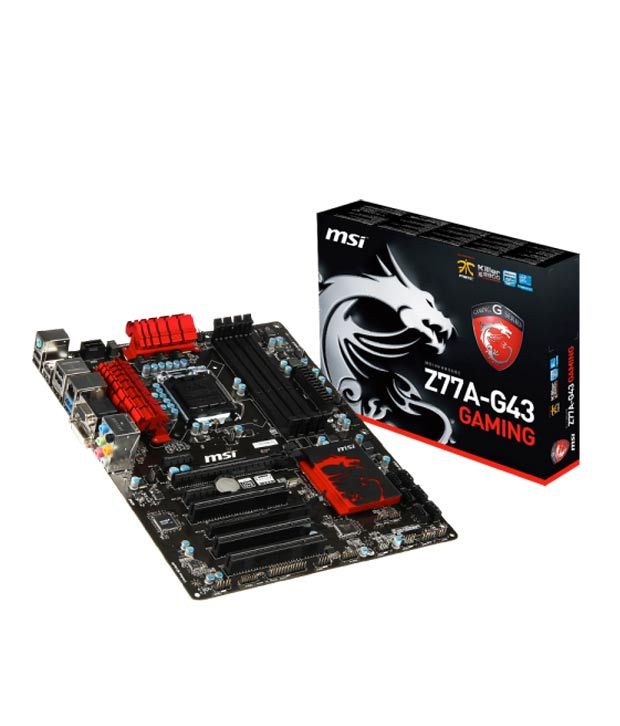Audiofinder Serial Killer
The Serial-Killer Detector A former journalist, equipped with an algorithm and the largest collection of murder records in the country, finds patterns in crime.
Every few years, we throw caution to the wind and publish an article in which EM's editors specify the products that we would buy for our dream studios. Sure, we know that we'll catch heat from readers (and manufacturers) whose favorite products were left out, no matter which products we choose, but we think you'll enjoy the story and will learn more about products that can help you produce better recordings.Our most recent story of this sort, “,” was published in the July 2002 issue of EM.
That article described a wide variety of studio rigs — some with computers, some without. This time, we're going to focus entirely on computer-based studios, something we haven't done since “The Complete Desktop Studio” in the July 1999 issue.In “The Complete Desktop Studio,” we were so focused on computer software that we did not specify mics, speakers, preamps, and MIDI controllers.

We also didn't budget money for a computer. This time around, we included computers, mics, speakers, preamps, and MIDI controllers, bringing us closer to a real-world price estimate. We still didn't include every possible product type found in a computer-based studio, though, because the story would have gotten out of hand. So you won't read about cables, stands, adapters, and other such ancillary hardware in this story.
We left out acoustical materials as well because we can't specify them without making broad assumptions about your room. But then, all the prices we quote are MSRP or the equivalent, and you can find deals on most of these products. With the money that you save, you can at least buy stands, cables, and adapters.

We limited ourselves to currently available (new) products that satisfy our demand for quality, are affordable by EM standards, offer complementary features, and integrate well into a coherent system. We work within specific budgets, as we would if we were actually building these studios. Obviously, working within limited budgets means leaving many cool products out, although we tried to cover a lot of territory. But if you are building or upgrading your studio, those are the types of decisions that you face.Each editor had considerable freedom of choice, so the products chosen reflect our various personalities and musical objectives. Of course, your point of view will differ from all of ours at times. So I recommend that you read the whole article, not just the sections that reflect your budget and computer platform of choice, because the information you need might be found in unexpected places.
Todd Kohlhepp
So without further ado, here are our six dream desktop studios!— Steve O staff The Lower-Price Windows StudioBy Dennis MillerMy entry-level Windows system allows me to create music for lots of situations, including electronic-music production and sound design for games, theater, and more. I am not concerned about recording acoustic and electroacoustic instruments in this studio, which is why I didn't buy a lot of mics and preamps.





